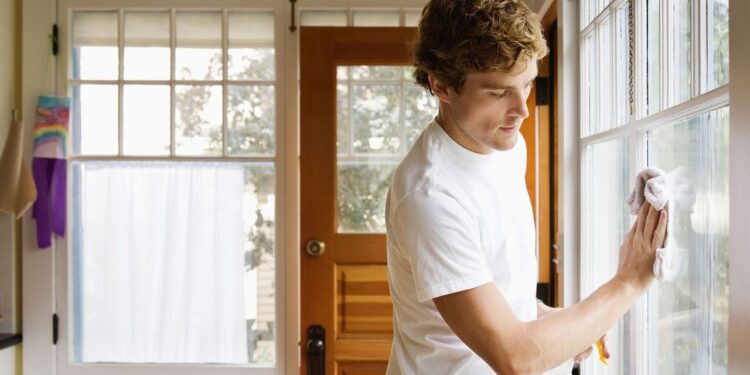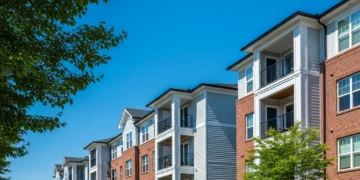The typical US homeowner spent $6,087 in maintenance costs last year excluding renovations, taxes, homeowners insurance, and utilities.. Home ownership comes at a steep price, but maintenance and home protection are essential for several reasons. These actions minimize risk and maximize safety and financial well-being. Regular maintenance prevents costly damage and avoids major disasters while protecting your investments and safeguarding their value. Here are ways to ensure your home is well protected and maintained.
Inspect and Maintain the Foundation, Roof, and Walls
Every part of a home is important because each component contributes to the overall safety, functionality, comfort, and value of an abode. Therefore, a strong foundation is essential to provide stability and prevent structural issues from happening. It also ensures that your dwelling can withstand natural calamities such as earthquakes and soil settlement. Hence, check for moisture levels around your foundation to avoid damage or weakness. Be vigilant of cracks in the walls or foundation to catch problems before they become too big or costly. Verify that the enclosure and insulation of walls are in good condition. Your wall must also be able to support loads and resist wind, earthquakes, and other forces. If you’re living in an area or zone that is prone to wildfires, you might want to ensure that your walls are fire resistant. Add a fire-resistant material such as wood siding and vinyl to keep your home safe from fires. Keep in mind that a well maintained roof protects your house from precipitation, snow, and harsh sunlight. Make sure that your shingles are intact for insulation and to prevent the entry of water and wind.
Strong Security Measures
Implementing robust security measures at your home involves a layered approach combining physical security, electronic systems, and smart practices. Install strong exterior doors and use high-quality deadbolt locks. Reinforce door frames with metal strike plates and install a peep hole or video doorbell to see from the inside what’s going on outside. Consider reinforced windows and doors, storm panels, and hurricane shutters to protect your property from intruders and natural calamities. For additional reinforcement, install window bars or grills. Motion sensor lights around your property also keep your place illuminated and deter intruders. Make sure that there’s adequate exterior lighting especially around entry points. Use timers for interior lights when you’re away. If your home has plenty of bushes and trees that could provide hiding places, make sure to trim them regularly for clear visibility around your property.
Keep Plumbing and Electrical Systems Safe
It is crucial to keep your plumbing and electrical systems in a good condition for a safe and functional home. Regular leak checks are vital for any signs of leaks or moisture. Hence, inspect under sinks, around toilets, and behind appliances for any signs of water leaks. Check faucets and shower heads for drips because even the tiniest leaks can waste water, cause damage over time, and incur costly repairs. Maintain your heating, ventilation, and air conditioning (HVAC) system. Flush the water heater annually to get rid of sediment build-up and check the temperature and pressure relief valve. Make sure to insulate exposed pipes to prevent freezing during cold weather. Regarding the electrical system, conduct regular visual inspections for frayed wires, loose connections, and damaged switches or outlets. Ensure that the circuits are not overloaded and replace any damaged or loose switches. Schedule periodic inspections by a licensed electrician to identify possible problems and ensure that your system is up to code.

Implement Fire Safety
Since the beginning of 2025, the American Red Cross has responded to nearly 6,000 home fires. Cooking and heating are the two main causes of home fires and injuries. Therefore, it is crucial to install smoke detectors on every level of your home and test that they are working. Carbon monoxide detectors are also recommended especially near sleeping areas and fuel burning appliances. Like smoke detectors, they must be tested regularly and batteries replaced as recommended by the manufacturer. In addition, keep fire extinguishers in key areas such as the kitchen and garage and make sure that everyone in your household knows how to operate them. Develop a fire escape plan with your family and practice it so that every member knows what to do in case of a fire.
Regular inspection and maintenance of your house’s structure including walls, roof, and foundation, plumbing and electrical systems as well as implementing strong security measures and fire safety are ways to control potential risks before they materialize. By taking these proactive home protection steps, you can significantly reduce the risk of damage to your home, enhance safety, and protect your family and belongings












